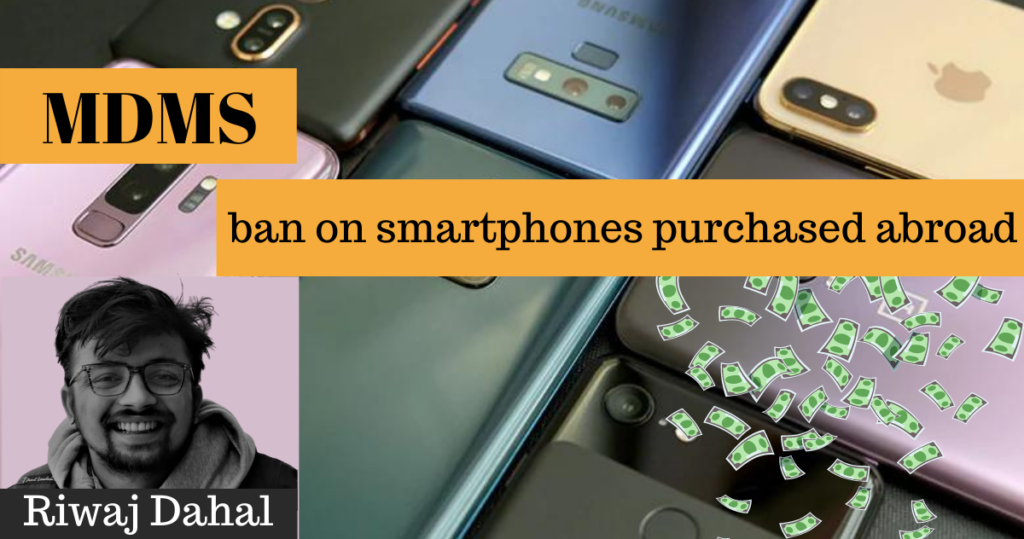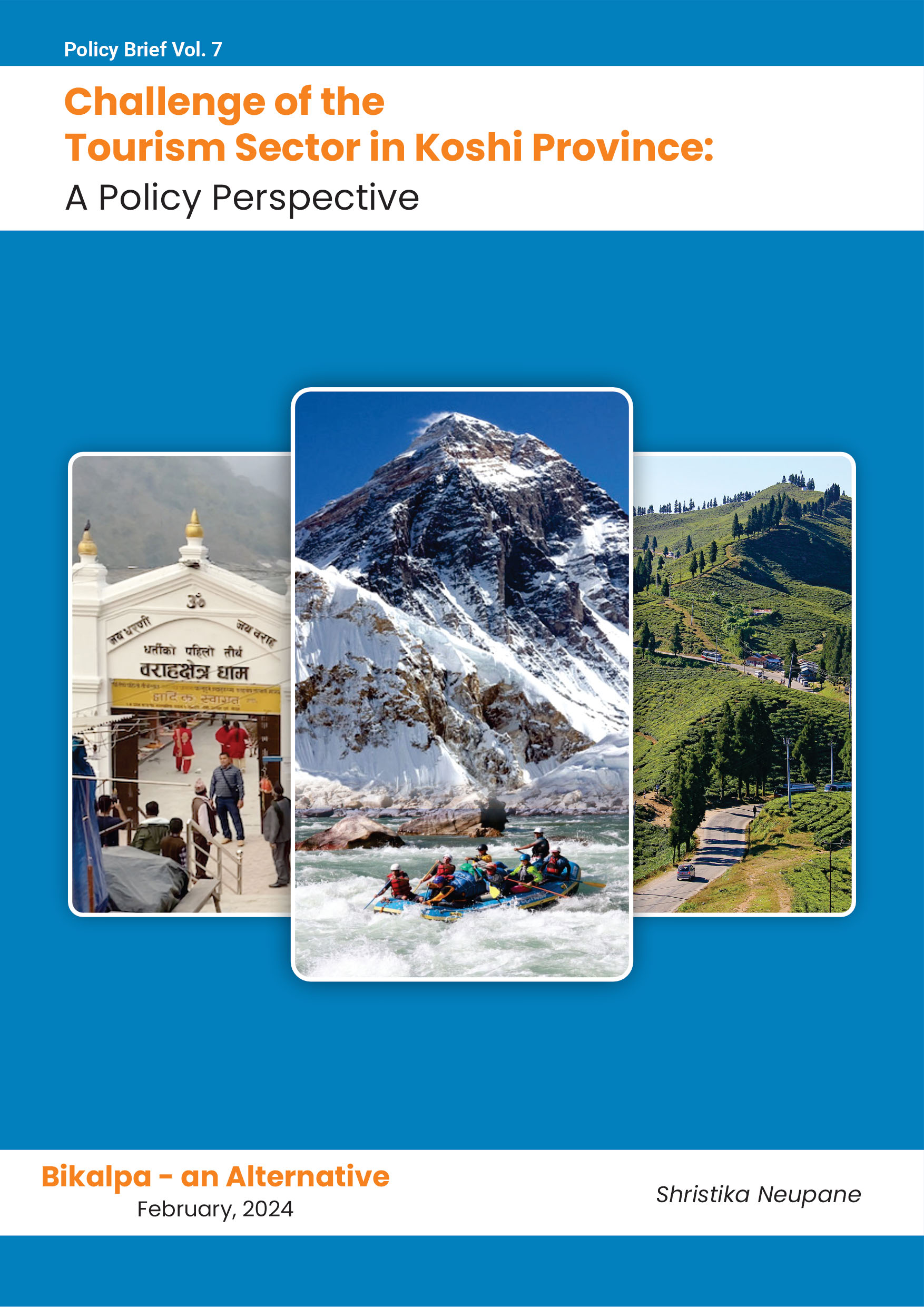After months of speculation, Finance Minister Mr. Bishnu Prasad Paudel, during the budget speech for 2078/79, finally announced that the MDMS (Mobile Device Management System) would come into effect on Shrawan 1, 2078.
Mobile Device Management System (MDMS) is a registration system that segregates mobile devices imported through the authorized dealers from those that made the way inside through unofficial channels and aims to limit the import of mobile devices purchased abroad, making it mandatory to register IMEI numbers of mobile phones in order to ensure every device was purchased from a verified seller in Nepal. A protectionist policy, MDMS would discourage purchase of mobile devices from outside the country.
An estimated 25% of mobile phones active in Nepal are purchased from India or a third country. The phones purchased in this way can escape from paying extra cost during imports such as VAT and excise duty levied on mobile phones; which are fixed at 13% and 2.5% respectively. This has resulted in the higher prices of electronics in Nepal, which has led to consumers opting to purchase devices from other countries, primarily India, which shares an open border with Nepal and is accessible to almost every person living in the adjoining border areas. The price difference of smartphones between domestic vendors and foreign markets is substantial and the key reason behind people preferring to purchase such devices from the foreign markets.
Previously, Nepal Telecom Authority (NTA) had announced that the smartphones with unregistered IMEI would not function from April 1, 2017 onwards, which couldn’t be implemented due to various reasons. Nepal Government then tendered the project to OSI Consultancy (India), Numera SDN. BHD. (Malaysia), and Namaste Global Communications (Singapore), which cost a little over USD$ 7 million. To sum up, a significant sum of taxpayer’s money is being used to install the system, which is again going to increase the tax burden on the public.
The South Asian Free Trade Area (SAFTA) reached an agreement on January 6, 2004, to reduce customs duties of all traded goods to zero by the year 2016. It’s five years past the deadline, yet the agreement has not so moved our neighbouring countries, let alone Nepal. Although there exists a sensitive list with every country that excludes tariff concession, regulating the trade of mobile devices would act as an enormous hindrance in the ever-growing technological world, especially to the people in Nepal. In hindsight, the current policy of the Nepal government goes against this very policy.
And this is not just one isolated incident. In recent years, the government has been systematically increasing tariffs, mostly on technologies. Due to the backlash and consequences on the economy, the government’s decision to expand tariffs on electric vehicles had to be rolled back, as presented on the budget of 2078/79. A wise step, this is going to incentivize even foreign players to invest in electric tech in Nepal. At the same time, the decision to regulate the smartphone market just to increase its revenue is rather obnoxious and thoughtless. Looking to favor the domestic traders at the expense of lower-class consumers sounds sensible in no way at all.
Smartphones today have become an integral part of our lifestyle. People have started using it for information, communication, digital transactions, among a lot of utilities. In short, these small devices have revolutionized technology by allowing the functions of many devices and tasks that used to be a lot exhausting. Mobile phones can no longer be considered a luxury, and the effort to make it affordable to the public has to be made.
In 2020 the smartphone penetration crossed the 60% mark in Nepal. And many migrant labour send phones from the country they work in, since most devices are cheaper there. Thousands of such low income households have smartphones sent from abroad through this channel. Implementation of MDMS will effectively disconnect thousands of such people from using their device, since they will be forced to invest another 10 to 15 thousand rupees on a newer phone, and many simply can not afford that. The Nepal Government aims to increase that and make cell phones accessible to people even in rural areas. At the same time, MDMS does not offer help to achieve the mission making it hard for people to afford smartphones. Henceforth, the government should keep a check on the regulatory burdens like MDMS to assist the citizens in making optimum use of smartphones.











